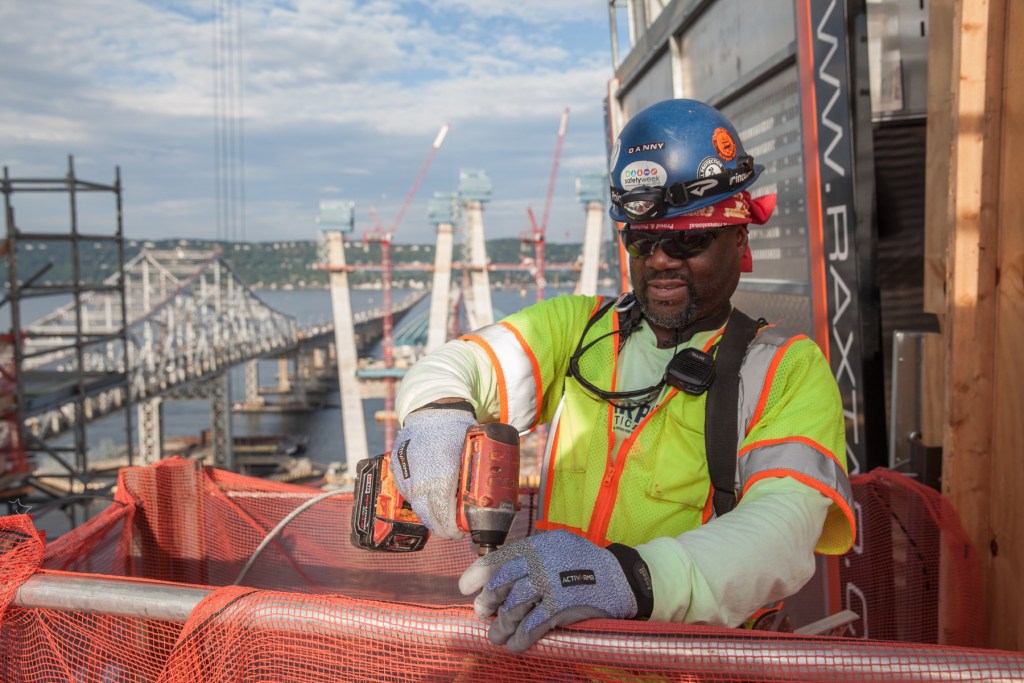
Public health remains paramount. But we can start putting together an economic recovery plan now.
Much of the United States has been in lockdown mode for about a month now because of the COVID-19 pandemic. There remains little clarity on when restrictions will be lifted – and stopping the spread of the coronavirus must remain the top priority.
But one thing is clear: The economy is likely going to be in tatters long after the virus itself is under control.
The coronavirus crisis has been catastrophic for retailers and restaurants, who were forced to suddenly shut their doors and are now trying to piece together business through online delivery and takeout orders. Manufacturers also have taken a huge hit, with experts estimating production will decrease by 25 percent in April.
Meanwhile, millions of people already have faced layoffs. Millions more are still expected.
Policymakers are going to have to think big to get the country back on track. And we can think of no bigger project than finally getting to work on repairing America’s failing infrastructure.
Infrastructure gets talked about so often that it’s become a national joke. But there’s a new study out this week that highlights just how badly this work needs to happen.
Roughly 230,000 bridges – about one-third of all bridges in the United States – need major repair or should be replaced, according to the American Road and Transportation Builders Association.
Of those bridges, about 46,000 are “structurally deficient.” When the country isn’t under quarantine, those same bridges are crossed 178 million times a day.
You know some of these structurally deficient bridges, too: They include the San Mateo-Hayward bridge in San Francisco, the Theodore Roosevelt Bridge in Washington, D.C., and the Brooklyn Bridge in New York.
While certainly alarming, the findings don’t come as much of a surprise if you’ve been following the infrastructure issue over the past several years. Plenty of research has been done showing just how badly the United States needs to work on infrastructure.
The American Society of Civil Engineers (ASCE) puts out an “Infrastructure Report Card” every few years, examining everything from bridges to railways to ports to pipelines. Last time around, ASCE gave U.S. infrastructure a D+ grade. Bridges got a C+, which was one of the higher grades!
There is clearly a need to do this work, and the good news is that doing it right will create millions of good-paying jobs and provide a much-needed boost to the struggling economy.
After the initial public health crisis passes and lawmakers turn their attention to the economy, they should put together a robust infrastructure investment package that will tackle everything from those failing bridges to aging water systems to deteriorating public transit to congested airports to the outdated electric grid and more.
As my colleague Brian Lombardozzi outlined this week, including Buy America as part of an infrastructure package will ensure this work happens in the United States rather than sent overseas (which never seems to go well, by the way). When Americans get to work on building bridges, they in turn be able to support businesses in their community that need the most support… like restaurants and retail stores.
While most of our attention rightly remains on the coronavirus itself, policymakers can begin to put together plans for helping the country recover after this terrible public health crisis is over. Investing in infrastructure will literally lay the groundwork for an economic recovery, one that will not only create jobs while it’s happening, but put America on a better footing for decades to come.
